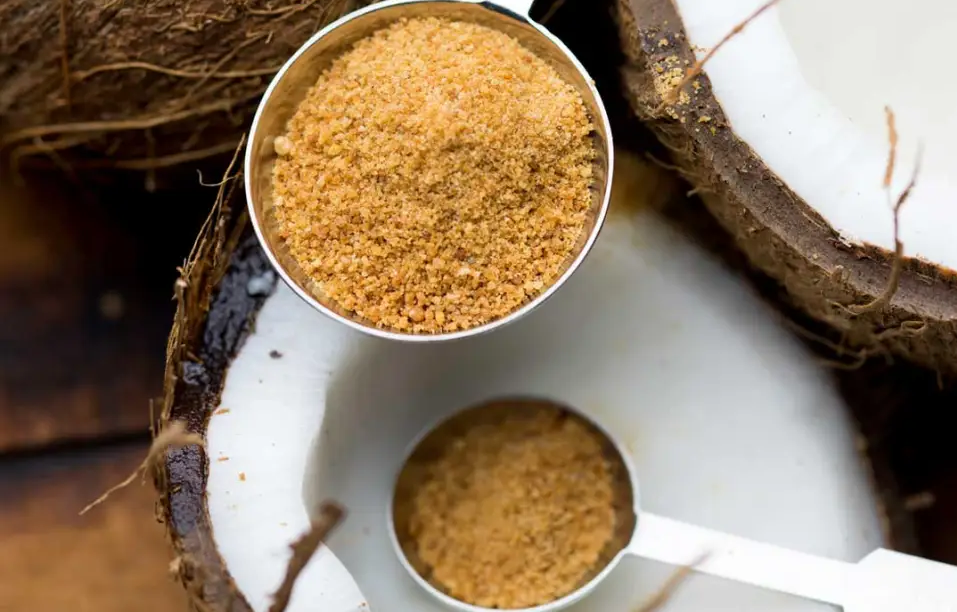Savory (Satureja spp.) is a culinary herb known for its aromatic leaves and its use in various cuisines around the world. Here’s everything you need to know about this versatile herb:
- Types of Savory:
- There are two main types of savory commonly used in cooking: summer savory (Satureja hortensis) and winter savory (Satureja montana).
- Summer savory has a milder flavor and is often preferred for its delicate taste.
- Winter savory has a more robust and pungent flavor and is used when a stronger herb flavor is desired.
- Flavor and Aroma:
- Savory has a savory, peppery, and slightly minty flavor.
- It is known for adding a pleasant herbal depth to dishes without overpowering the overall flavor.
- Culinary Uses:
- Savory is used as a culinary herb to season a variety of dishes, particularly in Mediterranean, European, and North American cuisines.
- It pairs well with a range of ingredients, including meats, poultry, fish, vegetables, legumes, and beans.
- It is commonly used in soups, stews, sauces, and meat dishes.
- Dried vs. Fresh Savory:
- Both dried and fresh savory can be used in cooking. Dried savory has a more concentrated flavor, so you’ll need less of it compared to fresh leaves.
- Fresh savory is often preferred when a milder flavor and a fresh herb aroma are desired.
- Health Benefits:
- Herbal Medicine:
- In herbal medicine, savory has been used as a remedy for digestive issues, such as bloating and gas.
- It has also been used for its potential antiseptic properties and to stimulate appetite.
- Gardening:
- Substitutes:
- If you don’t have savory on hand, you can substitute it with other herbs like thyme, marjoram, or oregano, depending on the dish you’re preparing.
- Storage:
- Store dried savory in an airtight container in a cool, dark place to preserve its flavor.
- Fresh savory can be stored in the refrigerator, wrapped in a damp paper towel and placed in a plastic bag.
Savory is a versatile herb that adds depth and flavor to a wide range of dishes. Its pleasant aroma and savory taste make it a valuable addition to your culinary repertoire. Whether you use summer or winter savory, this herb can elevate the taste of many savory recipes.









2 thoughts on “Savory Leaves Everything You Need to Know About this Herb”